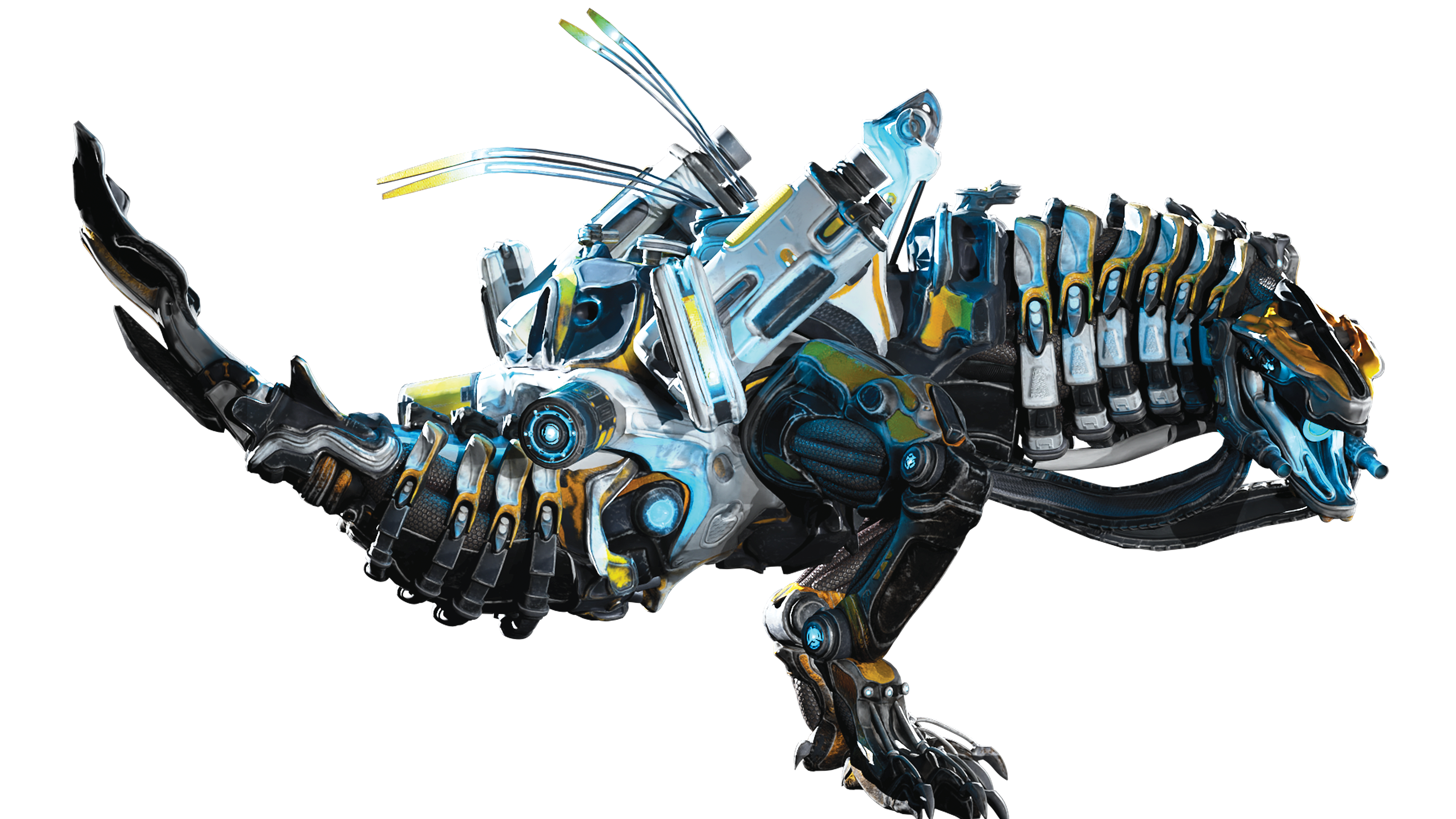Power up Autodesk's Maya and The Foundry's MARI with NVIDIA Quadro
These videos show how NVIDIA Quadro GPUs enable artists to model interactively at unprecidented levels of detail and realism, and create amazing photoreal environments.
Digital content creation is probably the one area of the arts that has had the most development and evolution, especially when you consider the fact that it is still such a young area. Being only in its fifth decade, the abilities that the newest generations of technology offer artists is mind-blowing, with many tools only being dreamt about as little as four or five years ago (see our Maya 2013 review).
The constant demand for greater realism, in both film and television, has spurred software developers on to create new toolsets which open up new frontiers for visual professionals. This isn't just a case of expanding limitations like texture sizes or polygon counts, but also about pushing the boundaries of or creating new working methods and pipelines.
Watch this! Autodesk Maya on NVIDIA Quadro K6000:
Take MARI, by The Foundry, for example. As well as traditional UV unwrapping and texture painting, this software gives artists opportunities for maximum realism (or fantasy). Painting directly on to a model’s surface is an intuitive and efficient way to work but more importantly, it is capable of handling super-high resolution textures and millions of polygons, so it gives the artist freedom they need, without getting caught up with technical issues. Real-time feedback streamlines work flows and removes the frustrations some traditional methods impose.
MARI can also handle RAW camera data and manipulate it in many ways, including projection painting the photographic data onto geometry, retaining the lighting information which can then be used to render photo real finished projects, with immersive levels of detail. The files involved can be larger than previously possible but with the power of NVIDIA's Quadro K6000 GPU and its 12 gigabytes of memory, these restrictions are removed and real time feedback is possible with unprecedented levels of detail and realism in the most complex of scenes.It isn't just a case of texture painting either.
For 3D artists, software tools like Autodesk Maya includes a comprehensive feature set for 3D modelling, animation, simulation, rendering, and compositing on a highly extensible production platform. Users, displaying scenes on a 4K screen can model in real-time, all while working in a complex 3D environment, with gigabytes of texture information. Maya animators have the ability to work as fast as they can think in the same scenes, with realistic lighting in their 3D viewport environment that closely matches final output.
The NVIDIA Kepler GPU architecture boosts Maya caching capabilities when modelling, shading, and rendering to accelerate workflows for producing photorealistic results. Scene-assembly tools and caching workflows quickly load environments, characters, and complex assemblies while maintaining an interactive experience. It's even possible to turn on hardware ambient occlusion, with hardly any noticeable drop in performance or frame rate.
Watch this! The Foundry MARI on NVIDIA Quadro K6000:
These allowances aren't singular either. An artist at a workstation with a Quadro K6000 GPU can run a 4K display, showing a scene with huge polygon counts, gigabytes of texture information (all held on the GPU's memory so the system doesn't get overloaded) and can still animate that scene, with live feedback. NVIDIA GPU technologies thus speed up even the most challenging projects.
Get the Creative Bloq Newsletter
Daily design news, reviews, how-tos and more, as picked by the editors.
Creating digital assets for projects, whether small or large, is now not only realistically achievable but, more importantly, intuitive and fun. Something that all creative projects should be. At the end of the day its passion and enthusiasm that drives every artist, but they still need the tools to allow them the freedom to create.
Delivered in conjunction with ZED!
This content was produced in collaboration with HP & Intel as part of ZED - a Pop-Up Studio for the Creative Community held in Soho, London. For more information about ZED and any future events see here.

Thank you for reading 5 articles this month* Join now for unlimited access
Enjoy your first month for just £1 / $1 / €1
*Read 5 free articles per month without a subscription

Join now for unlimited access
Try first month for just £1 / $1 / €1

The Creative Bloq team is made up of a group of design fans, and has changed and evolved since Creative Bloq began back in 2012. The current website team consists of eight full-time members of staff: Editor Georgia Coggan, Deputy Editor Rosie Hilder, Ecommerce Editor Beren Neale, Senior News Editor Daniel Piper, Editor, Digital Art and 3D Ian Dean, Tech Reviews Editor Erlingur Einarsson, Ecommerce Writer Beth Nicholls and Staff Writer Natalie Fear, as well as a roster of freelancers from around the world. The ImagineFX magazine team also pitch in, ensuring that content from leading digital art publication ImagineFX is represented on Creative Bloq.


